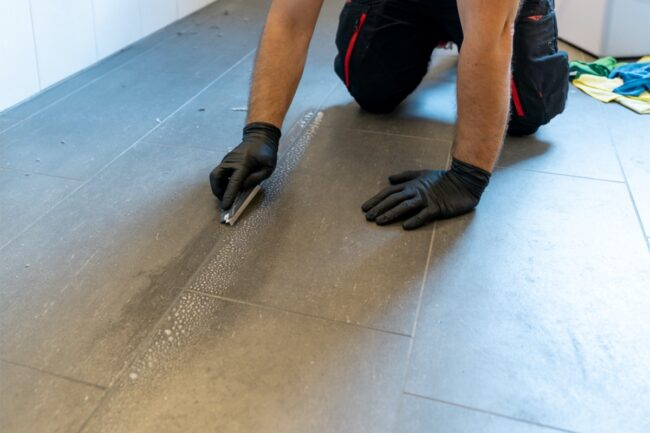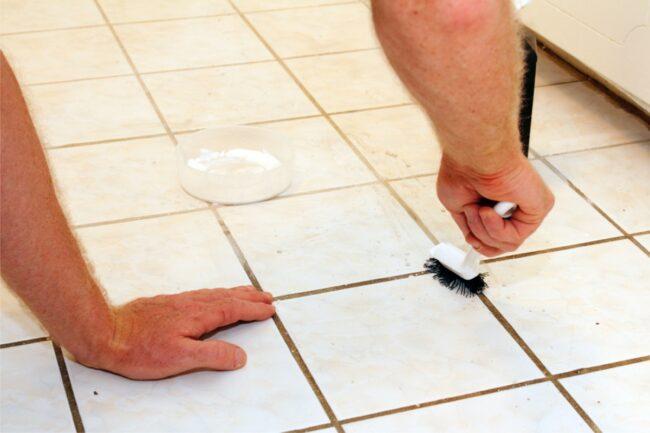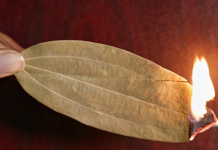No matter how dirty it is, you can clean between tiles with ordinary household products and a few tricks.
Tile is beautiful, durable, and usually easy to clean, but what about cleaning grout? That’s another story. Grout is usually light-colored and its porous composition makes it easy to stain. In tiled entryways and utility rooms, dust and dirt are the culprits, while in kitchens, spills are the most common culprits. In bathrooms, mold-infested grout must be addressed.
The good news is that the best way to clean grout does not mean spending a fortune. You can clean and repair grout using common household items and, of course, a little handiwork.
Before you begin grout cleaning, understand that it is best to start with the first cleaning option on this list, as it is the gentlest and least harmful method. If this method does not work, you can use one of the more powerful, odoriferous, and potentially more time consuming methods on this list. If you are in doubt about whether a particular grout cleaner is right for your surface, test it first in an unseen area, such as under kitchen appliances or behind the toilet in the bathroom.

Before you begin cleaning, it is important to know the type of grout.
There are several types of grout and most come in a variety of colors. It is important to consider both type and shade before gathering cleaning supplies and making a cleaning plan. The two most common types of grout today are traditional cementitious grout and the newer standard, epoxy grout. These grouts are further subdivided into the following
- Sand-filled grout. Sanded grout is made of cement, and when applied, the sand particles are visible and feelable. Tile workers use sanded grout for large joints (⅛ or more in width, up to ⅝ or 1 inch depending on the product). While this is a reliable choice for high-traffic floors, it is not the best choice for smooth polished stone. Why? Because grit can scratch these surfaces during the grouting process.
- Sand-free grout. Sand-free grout is also made from cement, but it does not contain sand grains. Tyler uses grit-free grout for narrow 1/16-inch wide gaps. This durable material is easier to work with and clean than sand grout and is suitable for vertical surfaces such as polished stone or shower walls. Sandless grout is more tenacious than sand grout and has a slightly smoother appearance.
- Epoxy grout. Tends to have better water resistance and less shrinkage and sagging than cementitious grouts. Epoxy grouts absorb 50 times less water and are stronger than cementitious grouts. It works well in harsh environments such as kitchen backsplashes and around shower stalls. It is also easier to clean and restore to its original color than cementitious grout, which is a big advantage when tiling with white or other light-colored grouts. Epoxy grout is also less likely to crack. However, it has the disadvantages of being more expensive than cement grout and taking longer to install.
Some types of grout are pre-colored to resist staining and fading. Some grouting agents are also available with polymers added to provide moisture resistance, mold resistance, and other useful features. Finally, when considering how to clean grout, it is important to know if the grout is sealed or needs to be resealed. This may affect the ability of the grout to withstand damage and what can be used to clean it.

- scrub the dirty grout with warm water and a medium-sized brush.
If you do not already have grout cleaner, most home improvement and hardware stores carry a number of products designed specifically for cleaning tile grout. To avoid damaging the grout, choose a medium-bristle nylon brush rather than a stiff steel brush. Simply spray the grout lines with warm water, rub in a circular motion, and then allow to dry. Do not use too much water and make sure it does not stay on the grout for too long. Remember. Porous cement grout will absorb water and cause mold.
- Spray equal parts vinegar and warm water on the grout.
If the grout has been sealed but has accumulated severe stains or light spots, use vinegar, an old reliable household product. Fill a spray bottle half full with a solution of vinegar and warm water. Spray the mixture on the grout, let it sit for 5 minutes, and then scrub the surface with a stiff brush. Avoid using vinegar on unsealed grout.
- Spray the grout with vinegar after applying the baking soda paste.
Cleaning the grout with baking soda will give you more power at your party. Here’s how to do it. Cover the grout lines with a paste of baking soda and water, then spray the vinegar solution above (remember to use vinegar only if the grout lines are sealed). When no more bubbles form, scrub with a brush, rinse with water, and pat dry. If the grout is not sealed or needs to be resealed, simply scrub carefully with a baking soda solution.

- Hydrogen peroxide.
For medium soiling, you will need to use hydrogen peroxide, which can be purchased at most pharmacies. This product can be used as is or as part of a homemade grout cleaning paste made from baking soda and hydrogen peroxide. This mixture is usually safe for both sealed and unsealed grout.
5.Use an oxygen bleach solution and allow to stand for 15 minutes.
For stubborn stains on really dirty white grout, use oxygen bleach as a grout cleaner. This cleaner is often sold in powder form, and best-selling brands include OxiClean and Biokleen Oxygen Bleach Plus.
Before using oxygen bleach to clean grout, ventilate the room well, then read and follow the manufacturer’s instructions carefully. Allow the oxygen bleach to soak in for 10-15 minutes, then rinse. Be sure to rinse with clean water and allow to dry to prevent stains from falling into the grout lines.
- Try a commercial grout stain remover.
Commercial grout cleaners quickly remove mildew and restore a bright white grout line. These products work in two ways: (1) spray and scrub, or (2) brush. Spray-on products claim that they can be used without rubbing. While this saves time and effort, they may contain harsh acids, solvents, or chlorine bleach.
Scrubbing with a soft brush and detergent is a little more labor intensive, but is especially effective on floors and heavily soiled grout. Before using these products, read their active ingredients carefully and pay attention to the instructions, especially the safety precautions.
- Steam to remove severe stains from grout.
Bissell, Oreck, and Hoover all manufacture household steam cleaners.

CLICK NEXT PAGE BELOW TO CONTINUE READING …










